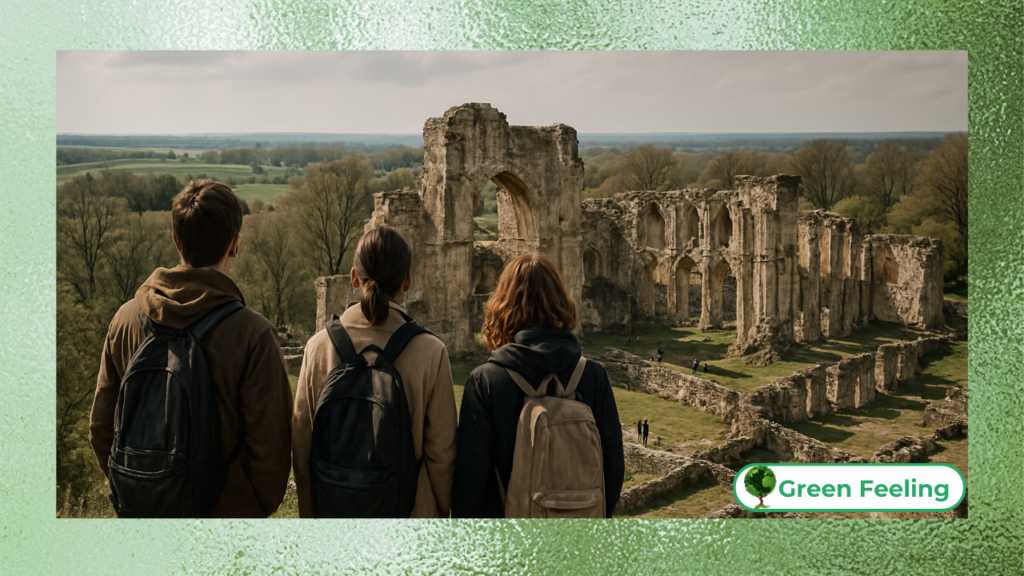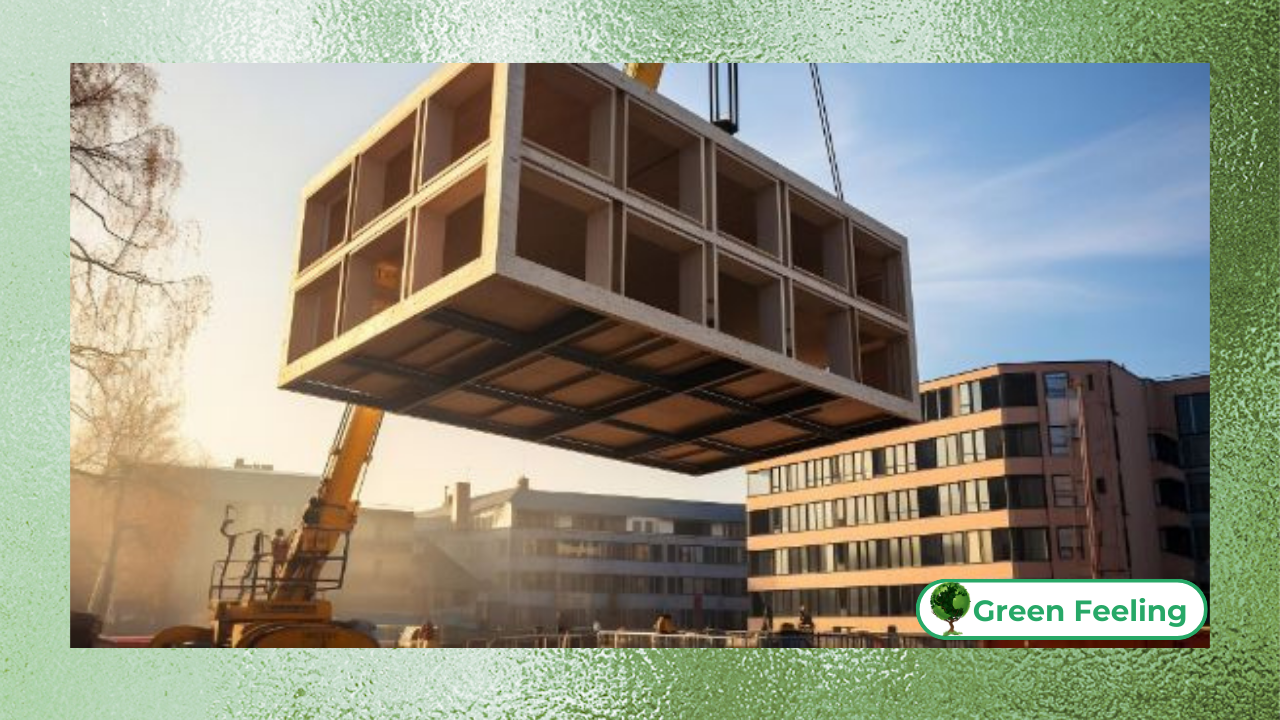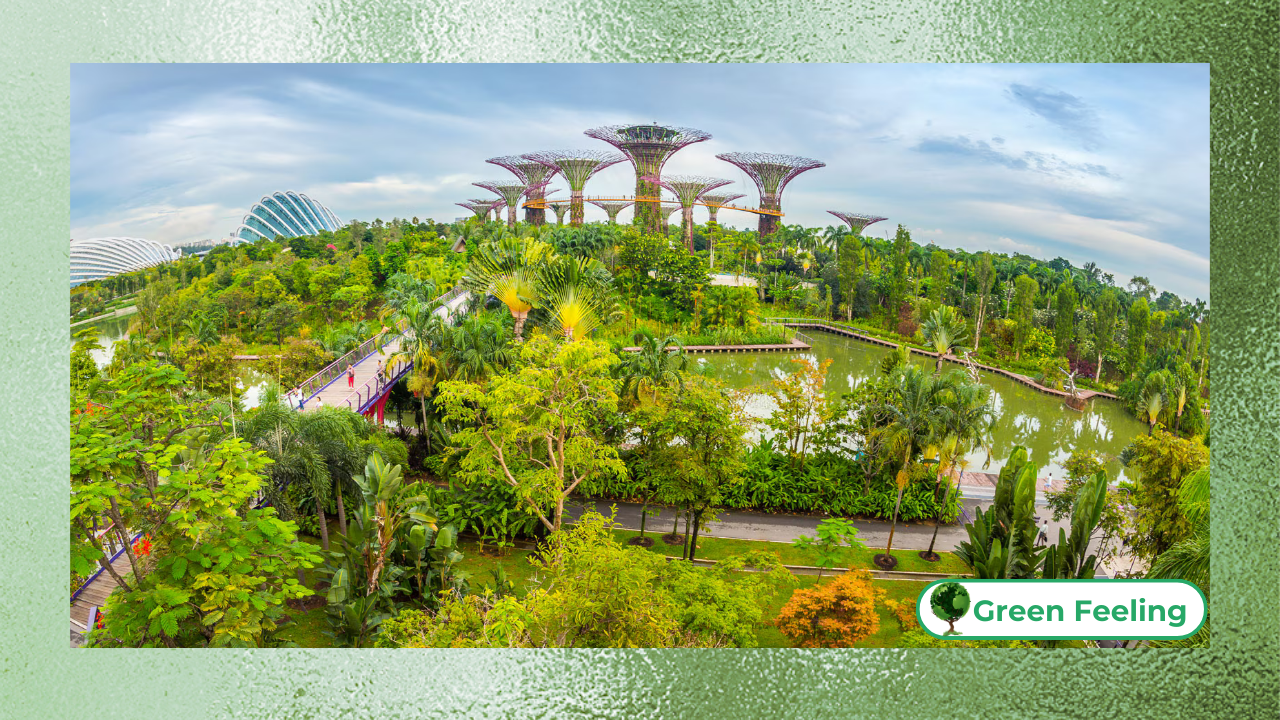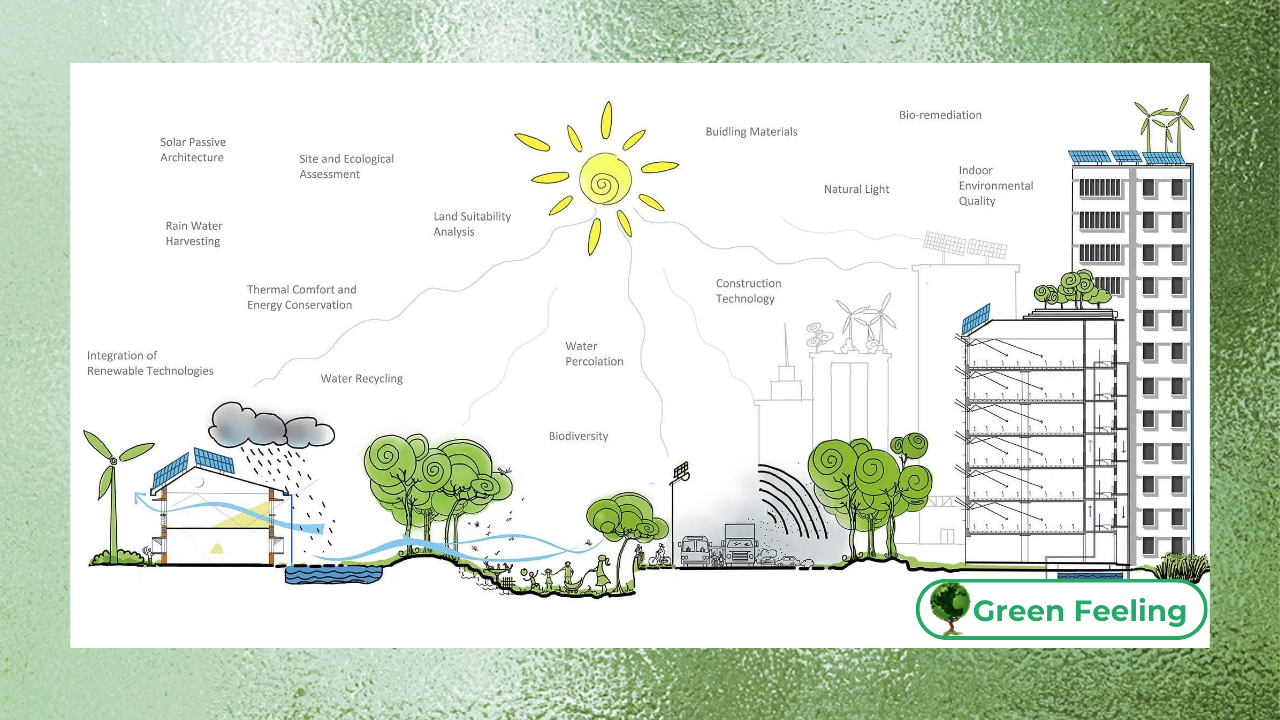Between Ruins and Rebirth: The Role of Restoration in Architectural Heritage
Architectural heritage stands as a testament to human creativity, history, and cultural identity.

However, the passage of time, natural disasters, and human activities often leave these structures in ruins.
Restoration plays a crucial role in preserving and reviving these architectural treasures, ensuring that they continue to tell their stories for future generations.
This article explores the significance of restoration in architectural heritage, examining its challenges, methodologies, and impact on cultural preservation and community identity.
The Importance of Architectural Heritage
Architectural heritage encompasses buildings, monuments, and sites that hold historical, cultural, or artistic significance.
These structures are not merely physical entities; they are symbols of a community’s identity and collective memory.
From the ancient ruins of Rome to the medieval castles of Europe, architectural heritage connects us to our past and provides a sense of continuity.
However, preserving these structures is no easy task. Environmental factors, urbanization, and neglect often lead to their deterioration.
Restoration becomes essential to prevent the loss of these irreplaceable treasures, ensuring that they remain accessible and meaningful to future generations.
- Cultural Identity: Architectural heritage reflects a community’s history and values.
- Preservation Challenges: Environmental and human factors threaten these structures.
“Architecture is the visual document of history, and its preservation is the preservation of our collective memory.” – John Ruskin, The Seven Lamps of Architecture.
The Principles of Restoration
Restoration is a delicate balance between preserving the original fabric of a structure and making it functional for contemporary use.
The Venice Charter of 1964 established international guidelines for restoration, emphasizing the importance of authenticity, minimal intervention, and respect for historical context. These principles ensure that restoration efforts do not erase the historical significance of the structure.
Modern restoration techniques often involve advanced technologies such as 3D scanning, laser cleaning, and digital modeling.
These tools allow restorers to analyze and replicate original materials and designs with precision, ensuring that the restored structure remains true to its historical essence.
- Authenticity: Restoration must respect the original design and materials.
- Modern Technologies: Advanced tools enhance the accuracy of restoration efforts.
“Restoration is not just about repairing a building; it’s about reviving its soul and ensuring its legacy.” – Eugène Viollet-le-Duc, On Restoration.
Case Studies in Restoration
Several iconic restoration projects highlight the importance and complexity of preserving architectural heritage.
The restoration of the Notre-Dame Cathedral in Paris, following the devastating fire in 2019, is a prime example.
The project involves meticulous efforts to rebuild the spire and roof while preserving the cathedral’s Gothic architecture and historical integrity.
Another notable example is the restoration of the Colosseum in Rome. This ancient amphitheater, once a symbol of Roman engineering and culture, has undergone extensive restoration to address structural damage and environmental wear.
The project not only preserves the Colosseum but also enhances its accessibility and educational value for visitors.
- Notre-Dame Cathedral: A symbol of resilience and meticulous restoration.
- Colosseum: Preserving Roman heritage through advanced restoration techniques.
+ Inhabiting the Invisible: The Rise of Subterranean Architecture
The Role of Community in Restoration
Restoration is not just a technical endeavor; it is also a community-driven process.
Local communities often have a deep emotional connection to their architectural heritage, viewing these structures as symbols of their identity and history.
Engaging the community in restoration projects fosters a sense of ownership and responsibility, ensuring the long-term preservation of these sites.
Public awareness campaigns and educational programs play a crucial role in garnering support for restoration efforts.
By understanding the historical and cultural significance of these structures, communities are more likely to advocate for their preservation and contribute to restoration initiatives.
- Community Engagement: Local involvement ensures the sustainability of restoration projects.
- Education and Awareness: Public support is vital for the success of restoration efforts.
Challenges in Restoration
Despite its importance, restoration faces numerous challenges. Funding is often a significant hurdle, as restoration projects can be costly and time-consuming.
Balancing the need for preservation with the demands of modern use is another complex issue.
For example, adapting ancient structures for contemporary functions without compromising their historical integrity requires innovative solutions.
Additionally, the lack of skilled professionals and the availability of original materials can hinder restoration efforts.
Addressing these challenges requires collaboration between governments, private organizations, and the community, as well as the development of specialized training programs for restorers.
- Funding and Resources: Financial constraints are a major challenge.
- Skill and Material Availability: Expertise and original materials are essential for authentic restoration.
The Future of Restoration
As we move forward, the role of restoration in preserving architectural heritage will only grow in importance.
Advances in technology, such as artificial intelligence and machine learning, offer new possibilities for analyzing and restoring historical structures.
These tools can help identify patterns of deterioration and predict future risks, enabling proactive preservation efforts.
Moreover, the integration of sustainable practices in restoration ensures that these efforts are environmentally responsible.
Using eco-friendly materials and energy-efficient techniques not only preserves the past but also contributes to a sustainable future.
- Technological Advances: AI and machine learning enhance restoration efforts.
- Sustainability: Eco-friendly practices ensure responsible preservation.
Tables: Key Restoration Projects and Techniques
Table 1: Iconic Restoration Projects
| Structure | Location | Restoration |
| Notre-Dame Cathedral | Paris, France | Rebuilding spire and roof |
| Colosseum | Rome, Italy | Structural reinforcement and cleaning |
| Angkor Wat | Siem Reap, Cambodia | Stabilizing foundations and carvings |
| Machu Picchu | Cusco, Peru | Erosion control and site preservation |
Table 2: Modern Restoration Techniques
| Technique | Application | Benefits |
| 3D Scanning | Digital replication of structures | Precision and accuracy |
| Laser Cleaning | Removing dirt and pollutants | Non-invasive and effective |
| Digital Modeling | Visualizing restoration plans | Enhanced planning and execution |
| Sustainable Materials | Eco-friendly restoration | Environmental responsibility |
Conclusion
Restoration is a vital process that bridges the past and the future, ensuring that architectural heritage remains a living testament to human history and creativity.
By preserving these structures, we not only honor our ancestors but also provide future generations with a tangible connection to their cultural roots.
The challenges of restoration are significant, but with the right combination of technology, community engagement, and sustainable practices, we can overcome them.
As we continue to restore and preserve our architectural heritage, we reaffirm the importance of these structures in shaping our identity and collective memory.
Restoration is not just about rebuilding ruins; it is about rekindling the spirit of these architectural marvels, ensuring that they continue to inspire and educate for centuries to come.
Through these efforts, we celebrate the resilience of human creativity and the enduring legacy of our shared history.






